Circus Maximus
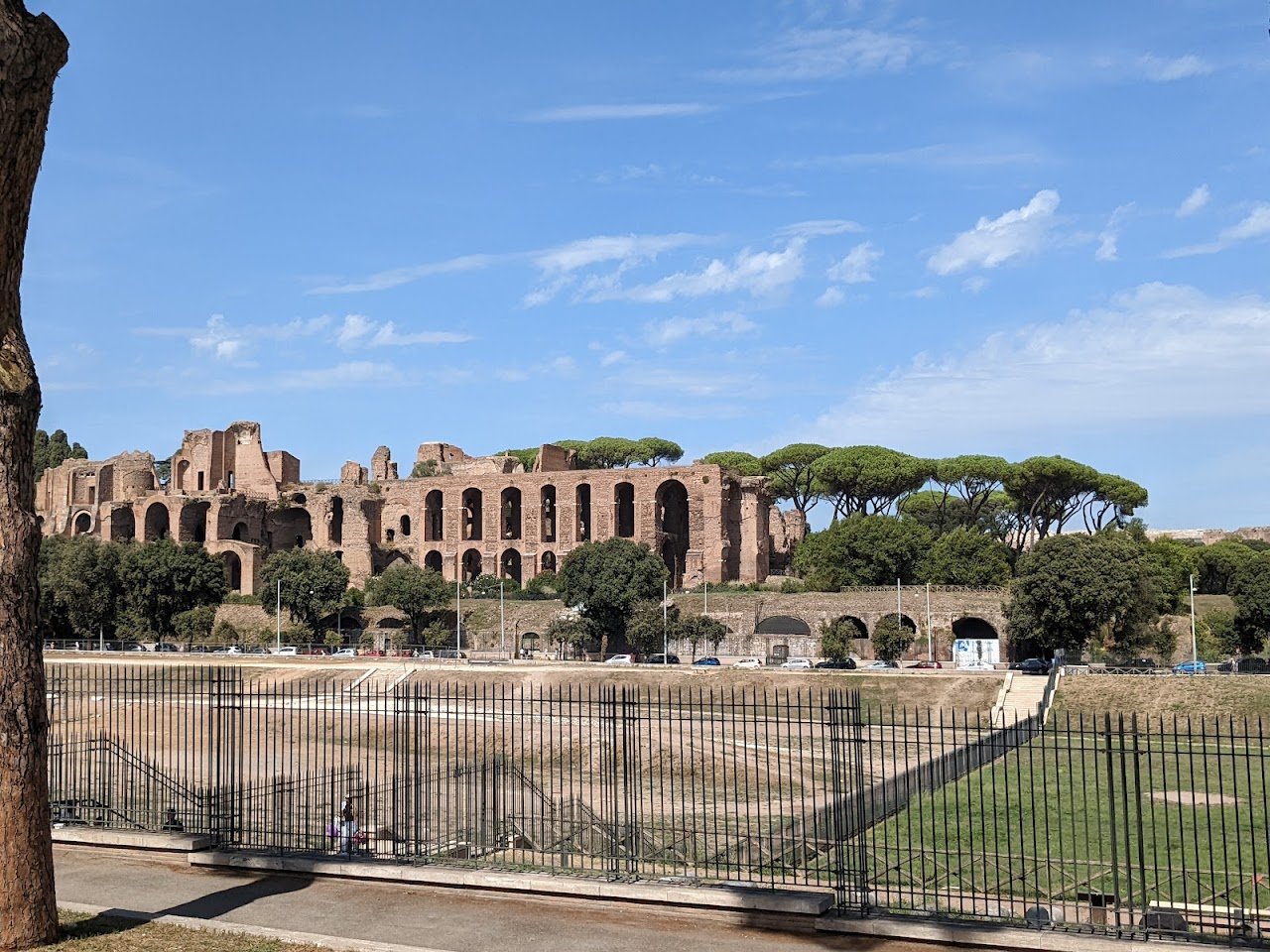
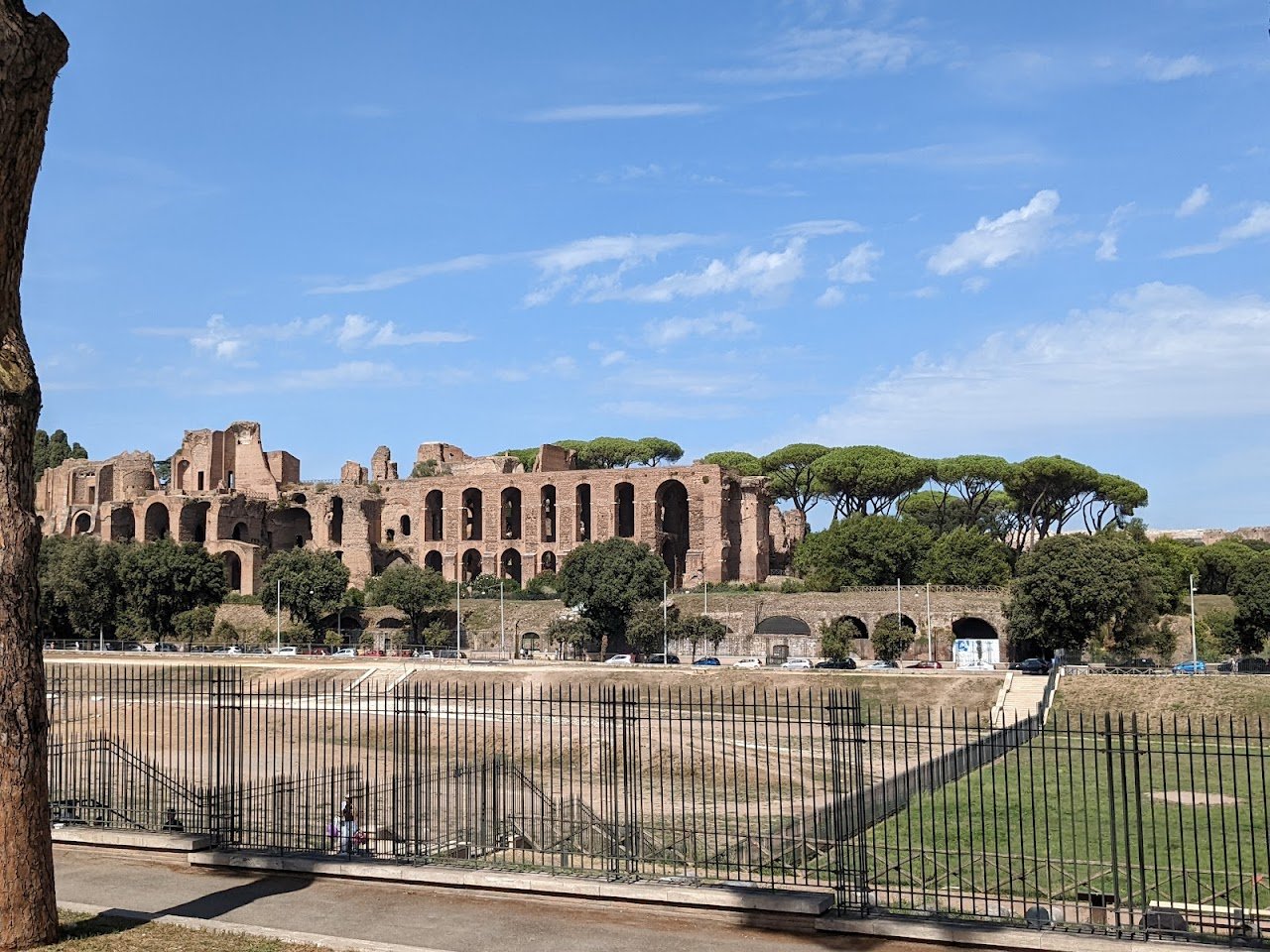
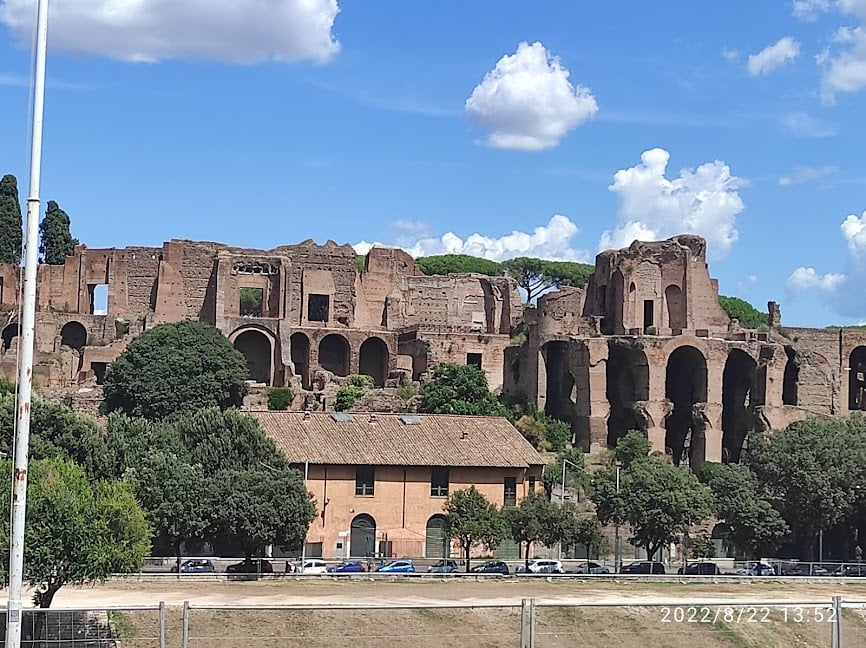
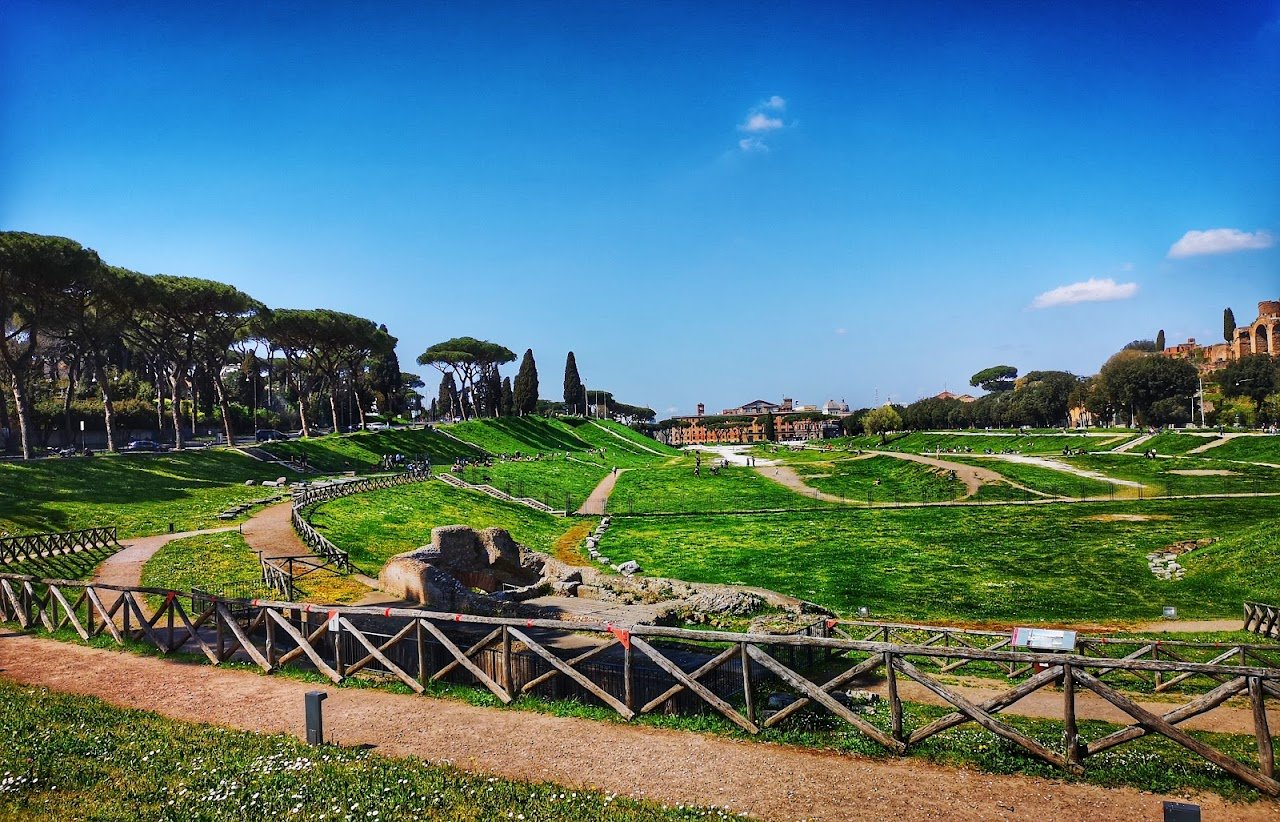
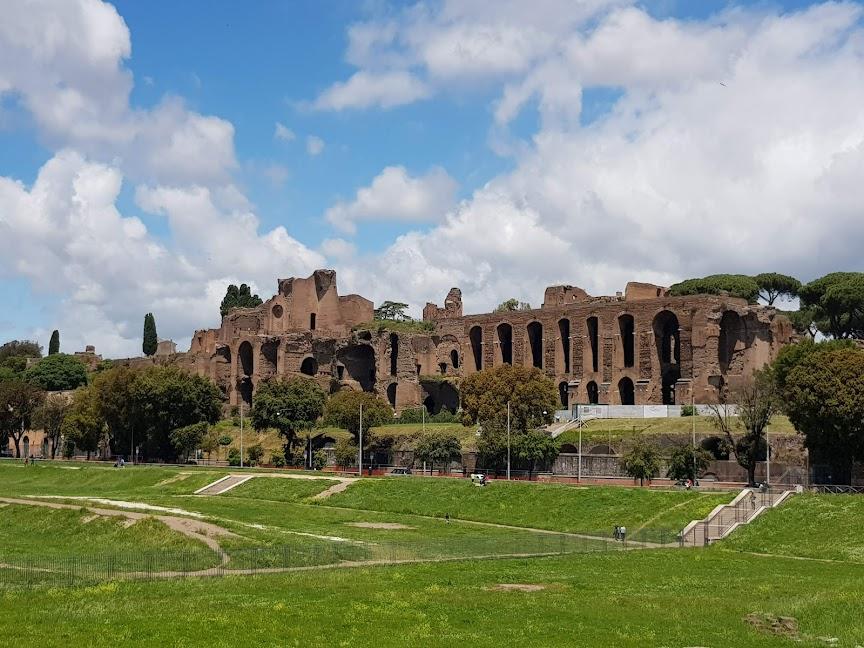
Ask ThatchGPT
Suggest a local expert to plan my trip
Suggest an unique itinerary for my Rome trip
What foods do Rome locals eat
What are some true hidden gems in Rome
Help me brainstorm trip ideas for Rome
Help me plan a family-friendly trip to Rome
What people say
Pedro Pereira
Available for hire
"The Circus Maximus, a name that evokes images of thundering hooves, cheering crowds, and chariot races of epic proportions, is an ancient Roman stadium steeped in history. Located in the valley between the Aventine and Palatine Hills in Rome, Italy, it holds the title of the largest entertainment venue of its kind ever built in the Roman Empire.
Its roots run deep, tracing back to the 6th century BC. Legend even suggests its use during the reign of the first Roman king, Romulus. Over the centuries, it underwent numerous renovations and expansions, ultimately reaching a peak capacity that could accommodate anywhere from 150,000 to a staggering 250,000 spectators. The main event held within its massive walls? Chariot racing, a thrilling sport that captured the hearts of the Roman people. However, the entertainment wasn't limited to just these high-octane races. Other forms of entertainment, such as athletics, animal shows, and even gladiatorial contests, are believed to have taken place here as well.
Sadly, after the fall of the Roman Empire, the Circus Maximus fell into disuse. The ravages of time, earthquakes, and neglect took their toll, leaving behind a shadow of its former glory. But even in its current state, it remains an impressive testament to the engineering and entertainment ingenuity of the Roman civilization.
Today, the Circus Maximus serves as a public park, offering visitors a chance to connect with its past grandeur. While remnants of its former glory are visible – think sections of wall and starting gates – the track itself is mostly a vast grassy field. This doesn't stop visitors from wandering the grounds, imagining the roar of the crowd as charioteers battled for victory. A small museum on-site offers a deeper dive into the history of the Circus Maximus, providing exhibits and information that bring this ancient venue back to life.
The Circus Maximus stands as a reminder of a bygone era, a place where the pulse of Rome beat strong. It played a significant role in Roman social and political life, with victories in chariot races bringing immense prestige and wealthy Romans sponsoring racing teams in a bid for glory. Though the iconic Ben-Hur chariot race scene wasn't filmed here (it was actually filmed at Cinecittà studios in Rome), the Circus Maximus holds its own place in cinematic history."
Read more in:
Monica Mikhail
"If you're a fan of ancient Rome and its rich history, then Circus Maximus is definitely a must-see attraction for you when visiting Rome. As one of the largest and oldest chariot racing stadiums in the world, Circus Maximus is steeped in history and legend. Did you know that the Circus Maximus could hold up to 250,000 spectators at its peak? That's an incredible number of people, and it's a testament to the popularity of chariot racing in ancient Rome. The races held at Circus Maximus were among the most exciting and dangerous sports of the time, and they drew huge crowds of enthusiastic spectators. But there's more to Circus Maximus than just chariot racing. Over the centuries, the stadium was used for a variety of other events, including processions, festivals, and even mock sea battles! And during the Middle Ages, the site was used as a quarry for building materials, which is why much of it is now in ruins. Despite its current state of disrepair, Circus Maximus remains a fascinating and impressive sight to see. When you stand on the grassy expanse of the stadium and imagine the thundering hooves of chariots racing past, it's easy to feel transported back in time to the glory days of ancient Rome. And with stunning views of the surrounding hills and the nearby Roman Forum, it's a great place to take in the beauty and history of this amazing city."
Read more in:
Jaclyn Camardo
"The Circus Maximus was ancient Rome’s largest stadium, famous for its thrilling chariot races. Although mostly a vast open field today, you can still see remnants of the original structure, and it's easy to imagine the roar of the crowds that once filled the space.
This historic site is great for a leisurely walk or even a picnic, with views of Palatine Hill in the background. If you're interested in diving deeper into its history, "
Read more in:
Mentioned in these guides
About Circus Maximus
Get the inside scoop on Circus Maximus from local experts, travel creators, and tastemakers. Browse genuine trip notes, Circus Maximus reviews, photos, travel guides, and itineraries from real travelers and plan your trip with confidence.
Phone
Save this spot for later or start mapping out a new trip today
Try our AI Travel Assistant and get instant answers to any questions about your trip.
Ask ThatchGPT


